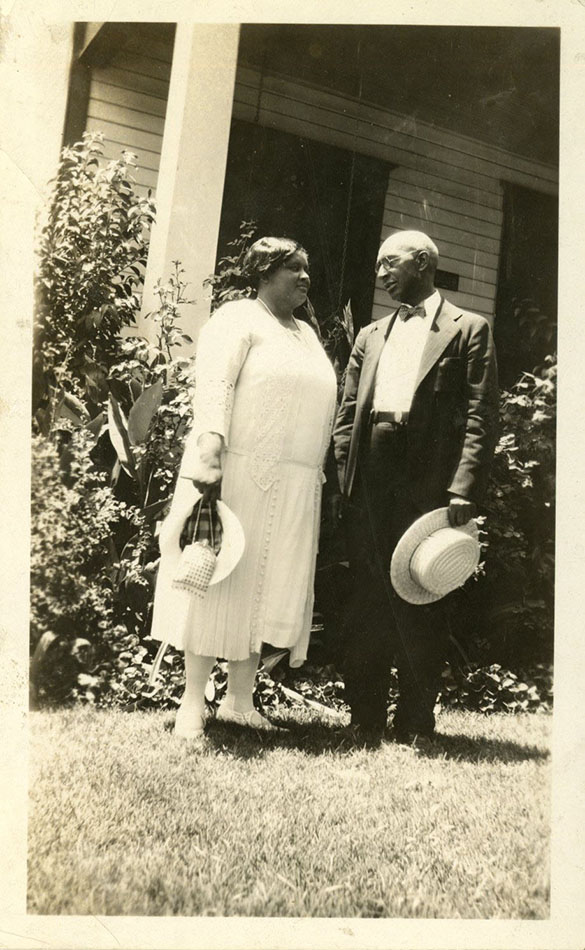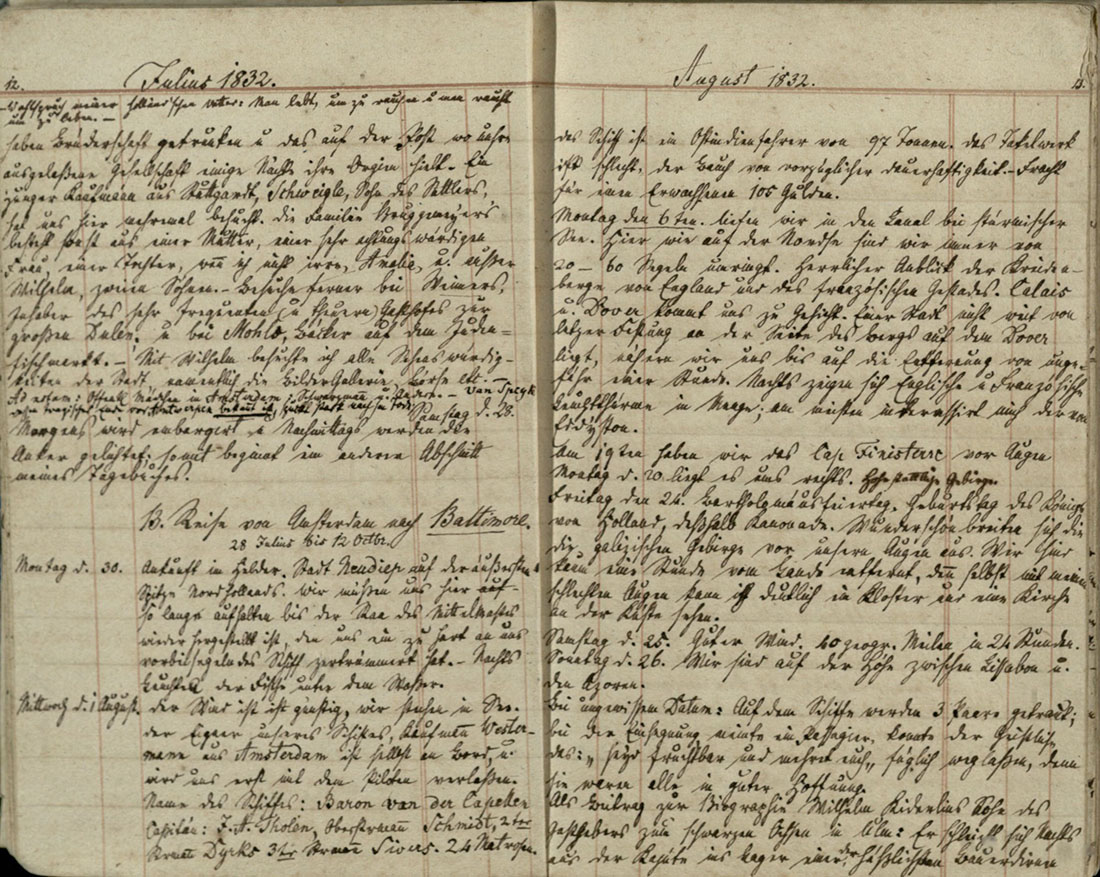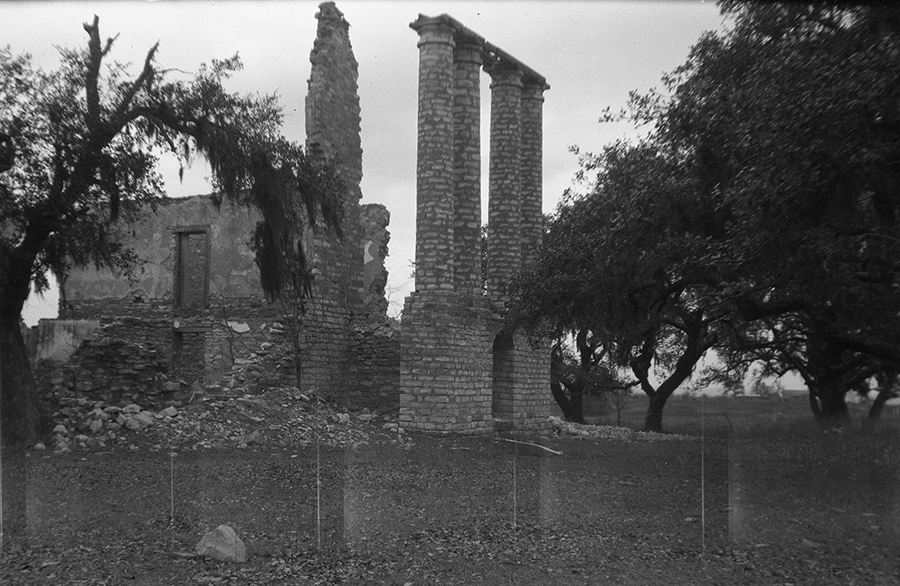The Texas Collection recently acquired a group of historic documents on the Parker family, including Cynthia Ann Parker and her son Quanah Parker. This amazing collection is one of several record groups on the Parker family already at The Texas Collection. In anticipation of Jack Selden’s February 18 lecture, “Return: the Parker Story,” this blog post will be the first in a series of posts that tell the story of the Parker family in Texas.
Cynthia Ann Parker came to Texas with 38 family members from Illinois in 1833, and the family settled near Groesbeck. By the summer of 1835, the Parkers had a rough wooden fort built that was called Parker’s Fort or Fort Parker. The family tended crops on about 12 miles along the Navasota River, returning as needed to the fort.

By 1835-1836, situations in Texas had changed drastically from when the Parkers first came to Texas. Good relations with local American Indian groups had given way to open hostility, as Texans attacked a Kichai village to recover horses thought to have been stolen. For several weeks, this group of Texans used Parker’s Fort as a base to search surrounding areas for Indian groups that they believed had stolen their horses.
Working relationships with the Mexican government had also deteriorated. Military hero Antonio López de Santa Anna overthrew the previous government, put down rebellions that broke out in various Mexican states, and sent military units to Texas to enforce Mexican law. By 1836, Santa Anna himself was in Texas at the head of a Mexican army to put down a brewing rebellion among the colonists, who spoke openly of independence from Mexico. After a string of Mexican victories, Sam Houston led a Texian army to win the Battle of San Jacinto in April 1836, and the Texas Revolution was over.

Just one month after the Battle of San Jacinto, on May 19, 1836, Parker’s Fort was attacked by an American Indian force of several hundred warriors, long understood by eyewitnesses to be predominantly Comanche. With many of the Parker men out working in the fields, the 30 people in the fort were quickly overwhelmed. Five Parker family members were killed and five others were captured, but the rest escaped. One group of Parker family members, traveling only at night for safety, trekked 90 miles in six nights to the safety of Tinnenville.

One of those captured was Cynthia Ann Parker. Just twelve or thirteen when taken captive, she was adopted into the tribe and became thoroughly Comanche. She became the wife of Peta Nocona, a noted leader in the Naconi band of the Comanche. They had three children, two boys and a girl: Quanah, Pecos, and Topsannah. Peta Nocona was probably killed in the Battle of the Pease River in 1860. Cynthia Ann was captured by Texas Rangers in this battle, and was identified as the Parker’s Cynthia Ann, who had been with the Comanche for almost 25 years. Though she was returned to Texan society, Cynthia Ann never recovered from her capture and made several attempts to escape back to her life on the plains. She died in 1870, and was originally buried in Fosterville Cemetery, Anderson County, but was reinterred in the Post Oak Mission Cemetery near Cache, Oklahoma, in 1910. Cynthia Ann was reburied a final time in 1957 in the Fort Sill Post Cemetery, Lawton, Oklahoma.
Cynthia Ann’s son Quanah Parker became the last major Comanche chief to surrender to United States authorities. A leader in the Quahada subtribe of the Comanche, Quanah for years frustrated the efforts of the United States army to capture his people. After the Comanche defeat in the Battle of Adobe Walls in 1875, Quanah and his people were pursued by the United States army during the Red River War, the last major military campaign in Texas. After their supplies were destroyed, Quanah and his people were forced to surrender, and were taken to the reservation designated for the Comanche and Kiowa in southwestern Oklahoma.
Over time, Quanah adjusted to reservation life and became a very wealthy and influential man. Though increasingly powerful in Indian-government relations, he could not stop the movement to break up the reservations and distribute the land among the individual Indians, who were then forced to sell much of their land by unscrupulous land dealers. Quanah continued his efforts to help his people however he could, including negotiating leases of land to ranchers, which brought in much-needed income for the tribe. After a visit to the Cheyenne Reservation, Quanah became ill and died twelve days later, in 1911. His remains have been moved once, from Post Oak Mission Cemetery in Oklahoma to Fort Sill Post Cemetery, Lawton, Oklahoma.
The next post in this series will focus on the restoration of the Fort Parker historic site, and the final post will examine the various creators of the Selden collection. Mark your calendar for Selden’s lecture: Thursday, February 18, at 3:30 pm in the Guy B. Harrison Reading Room of The Texas Collection, located in Carroll Library at Baylor University.
Sources:
Gwynne, S.C. Empire of the Summer Moon: Quanah Parker and the Rise and Fall of the Comanches. New York: Scribner, 2010.
“Fort Parker Massacre.” Wikipedia. https://en.wikipedia.org/wiki/Fort_Parker_massacre. Accessed 27 January 2016.
Handbook of Texas Online. https://www.tshaonline.org/handbook. Accessed 27 January 2016.
Selden, Jack. Return: the Parker Story. Palestine: Clacton Press, 2006.
Joseph E. Taulman Collection, 1783-1994, Dolph Briscoe Center for American History, University of Texas at Austin.
“The History.” Old Fort Parker. http://www.oldfortparker.org/The_History_1DLU.html. Accessed 27 January 2016.
Vernon, Cheril. “Selden to be Honored by Library.” Palestine Herald-Press. November 8, 2008. Accessed September 25, 2015.























